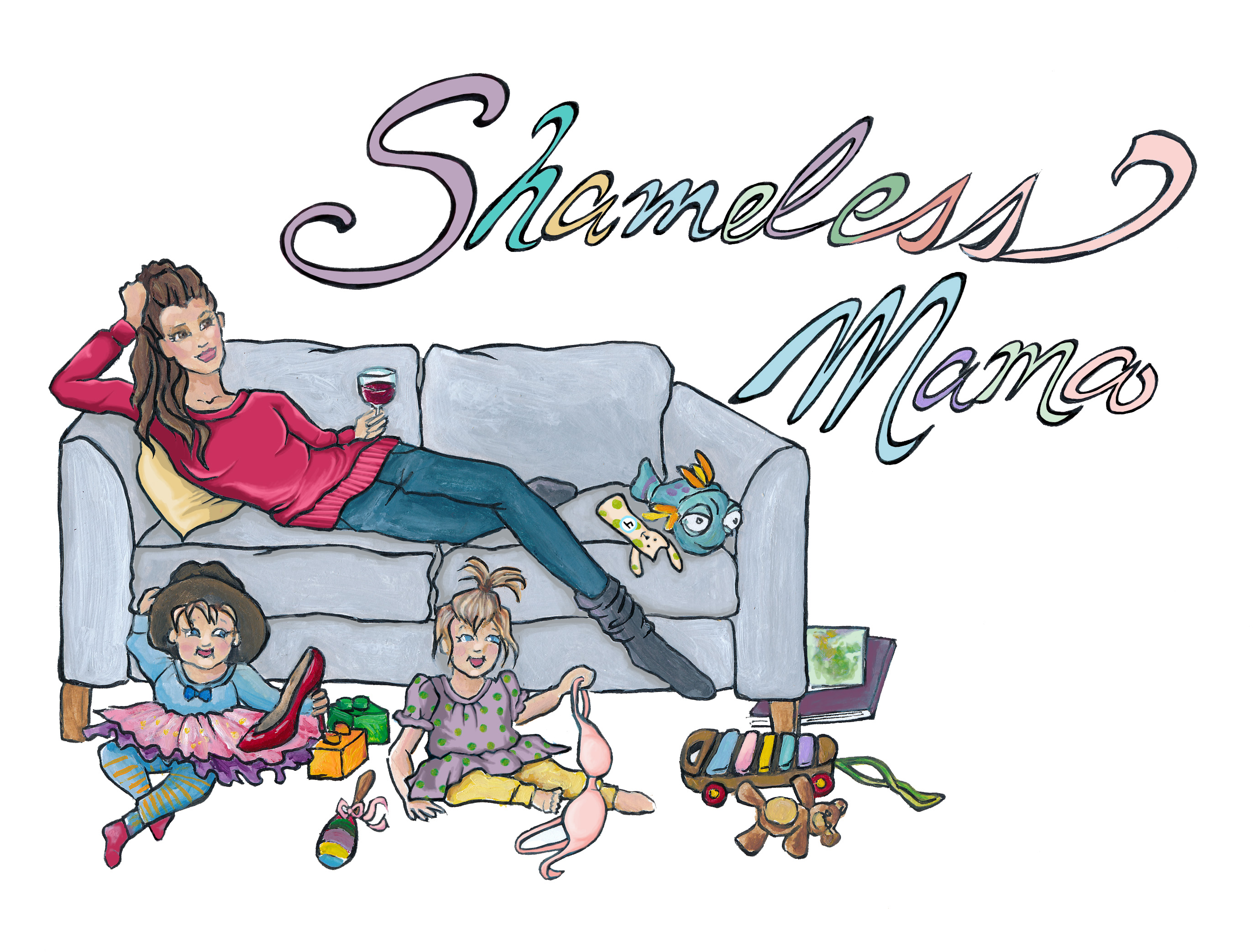As my research continued, I discovered that the rows of available items for babies and children at Babies”R”Us/ Toys”R”Us seemed to be separated into categories- girls vs boys. While the aisles for girls items were shades of only pink and purple, the aisles for boys items were filled with blue, green, red, brown, orange, yellow, black, etc. How come the boys had more options? How come their toys encompassed the whole rainbow while little girls’ toys were just varying shades of two colors? Were we trying to limit the options for little girls and was it done consciously? Ok, I’m not a conspiracy nut. Maybe it wasn’t done consciously, but it still doesn’t answer the question. Why do little girls have limited color options?
Since when did pink become the color for our little girls? When I grew up, my room was a soft peach. My best friend Kate’s room was blue. No one ever thought she had a boy’s room. Actually, I can’t remember any of my friends with blinding pink or purple rooms. So where did our love for all the colors of the rainbow go? Who decided that if you’re a girl, you sleep in clothing of pink or purple under sheets and walls of the same? Let’s be honest- how many adult women do you know with pink bedrooms? (And as I scan this very crowded restaurant where I’m writing, I don’t see a single woman wearing pink or purple.) So if adult women rarely wear these colors, why are our daughters so limited in their color choices?

History of Pink
After feeling so frustrated by my lack of choices, I decided to do my own research on just this topic. I found an interesting article written by Jeanne Maglaty of the Smithsonian.com who quotes author and historian, Jo B. Paoletti. She talks about just this subject, and it was utterly fascinating! As it turns out, in the 1800’s we dressed both boy and girls in white dresses until the age of 6. Gender neutral for practical purposes and both little girls and boys alike let their hair grow long.
The early part of the 19th century had department stores dictating what color was gender appropriate. And wait for it…. It was BLUE for girls and PINK for BOYS. Yep, you heard that right. Even TIME magazine printed a chart letting parents know what colors were appropriate for what gender.
But it wasn’t until the 1940’s that today’s color of Pink for Girls and Blue for Boys became the norm as dictated by American manufactures and retailers. And even that changed in the 1960’s with the libertarian movement. Girls dressed in more masculine or less feminine styles and the “Sears Roebuck catalog pictured no pink toddler clothing for two years” in the 1970’s (when I was born) according to Paoletti. Feminists felt a less gender specific look kept girls from being lured into subservient roles. (Hey, maybe that’s why I don’t remember all this pink stuff in my youth?)
Colors for girls and boys remained gender neutral until the mid 1980’s when parents started to find out the sex of their children. Then, like gangbusters, gender specific clothing, bedding, strollers, toys, etc came out of the woodwork as manufactures discovered they could capitalize on an expectant mother’s knowing her child’s gender. She could decorate her baby girl’s room with pink and if her next pregnancy was a little boy, she could start the shopping spree all over again with buying blue for her boy and tossing out all the pink colored items.
What was even more disconcerting in my research is the consumerism of young children. Maglaty states that children just become conscious of their gender between ages 3 and 4 but don’t realize it’s permanent until age 6 and 7. So as young children are inundated with commercialization, they are taught that to be feminine is to like and play with certain things, and it reinforces what they like and don’t like.
Prevailing Over Peer Pressure of Pink
So how do we change it? Listen I’m not saying don’t put your girls in pink. I certainly have lots of things that are pink for my twin girls. But I also have an equal amount of other colors in their wardrobe and toy choices. I have even made sure that my girls have tons of balls, cars, and legos to play with. In fact, one of my twins prefers balls and legos over baby dolls and stuffed animals. I love that she has been given options and has discovered what makes her happy because we haven’t just forced gender specific toys on her to play with either. Yes, it’s certainly difficult to find items that are gender neutral in color, but when I do, I feel like I’ve hit a gold mine. It makes that item seem even more special.
The truth is, besides the limited options, we sometimes put our kids in the gender specific color to make it easier for strangers to know the sex of our kids. But to be perfectly frank, when my girls are in blue and a stranger says, “what cute boys!” I simply say, “Thanks, they’re girls,” and offer no explanation.
Ultimately, I want my girls exposed to all colors so when they are old enough to tell me their favorite color, it’s genuinely their favorite color and not some color that they are picking subconsciously because it’s been shoved in their face since birth. I’m also not saying that we should deny the beautiful differences between little girls and boys either. But I do challenge us all to give our little girls more colors. If we create the demand, then maybe one day as we peruse the aisles of big box toy and department stores, our little girls will have as many color choices as our little boys.

